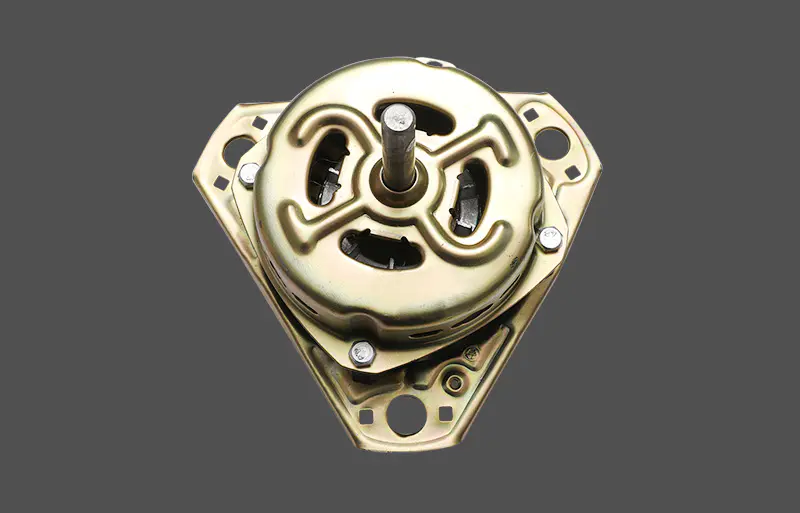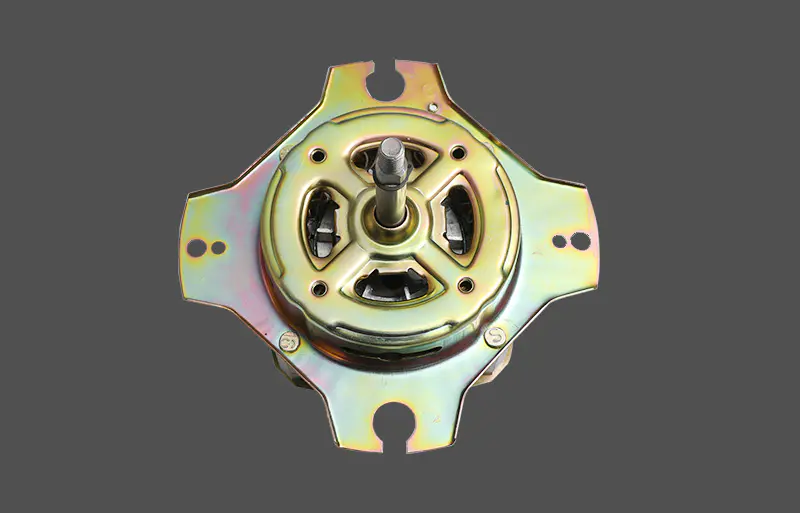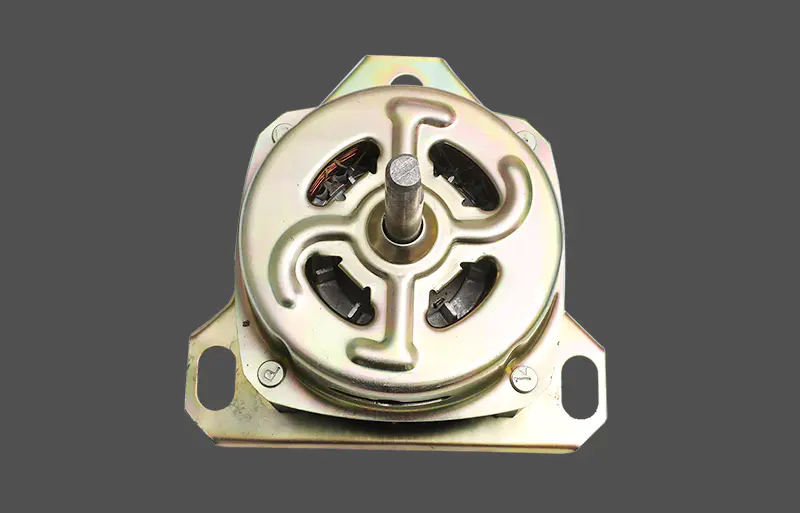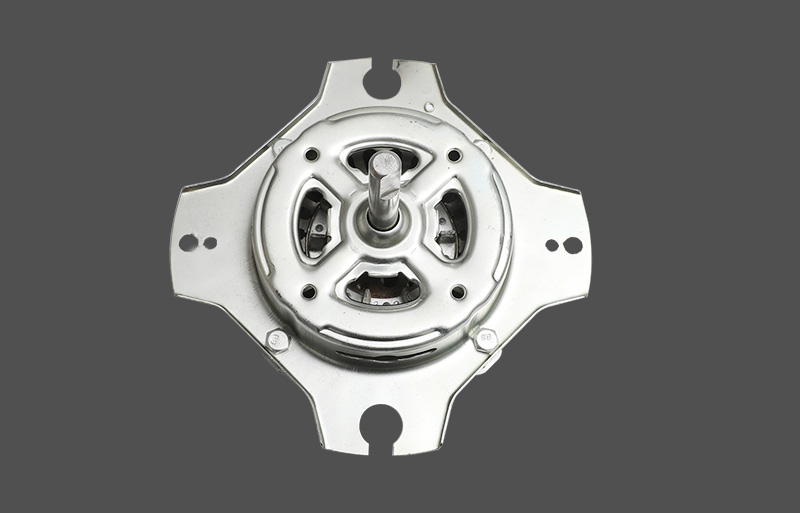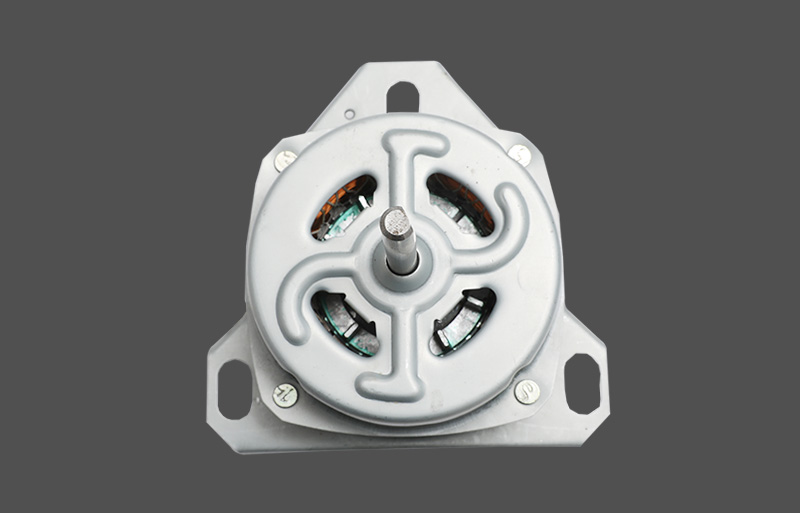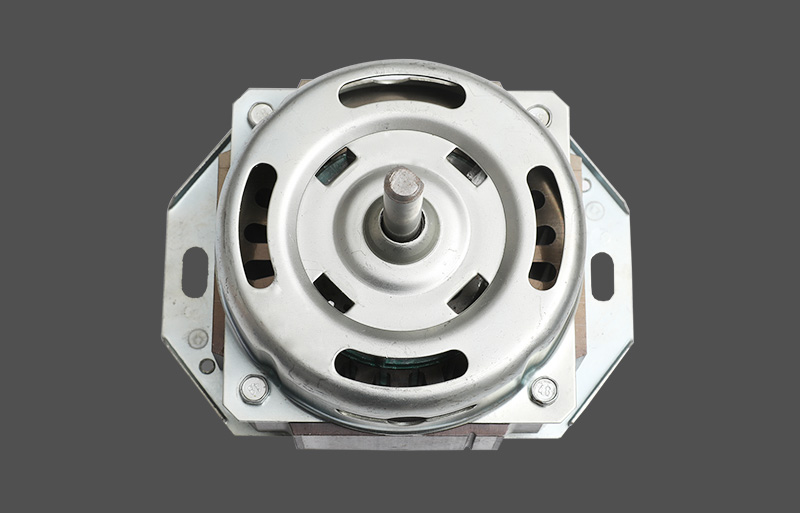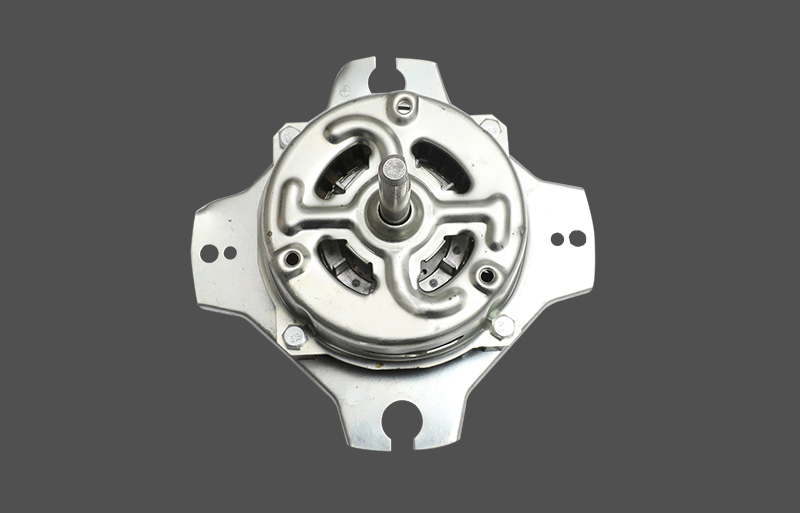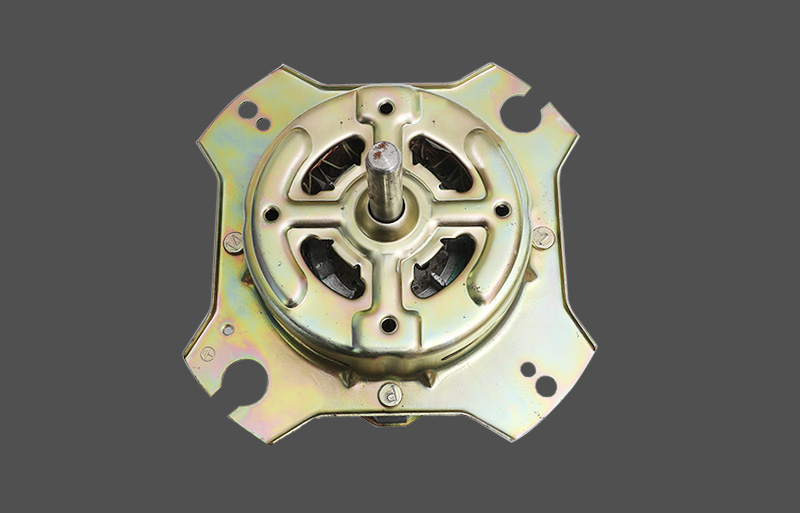In the design and manufacture of medical devices, especially ventilators, ensuring they can withstand rigorous sterilization and cleaning processes without compromising the performance and lifespan of their core component—the ventilator motor—is a critical engineering task. Because ventilators come into direct or indirect contact with the patient's respiratory tract, infection control requirements meet the highest standards in the medical industry. This places extremely high demands not only on the motor's material selection but also on its sealing technology.
Material Requirements: Resistance to Chemical Corrosion, High Temperature, and High Pressure
The ventilator motor and its peripheral components must be constructed from materials with excellent resistance to various aggressive disinfectants and sterilization environments.
1. Disinfectant Compatibility
A wide variety of disinfectants are commonly used in medical institutions, including alcohols (such as ethanol and isopropanol), quaternary ammonium compounds, sodium hypochlorite, and hydrogen peroxide. These chemical reagents have varying degrees of corrosiveness.
Polymer Materials: Motor housings, connectors, and cable jacket materials (such as polycarbonate and certain grades of engineering plastics) must resist stress cracking, softening, or discoloration from these chemicals. Chemical inertness is a primary consideration.
Metallic Materials: Components such as shafts, flanges, and fasteners require stainless steel, typically medical-grade 316L or other highly corrosion-resistant alloys, to prevent oxidation and pitting corrosion caused by residual disinfectant or high humidity.
2. Extreme Resistance to Sterilization Environments
Different sterilization methods place distinct demands on motor materials.
Autoclaving: This is one of the most common sterilization methods, involving high temperatures (typically 121°C or 134°C) and high pressure. Magnetic materials within motors (such as permanent magnets) must ensure their magnetic properties do not significantly degrade under high heat. Furthermore, insulation materials (such as enameled wire insulation and stator slot insulation paper) require high thermal stability to prevent carbonization and failure.
Low-Temperature Sterilization: For heat-sensitive components, ethylene oxide (EO) or hydrogen peroxide plasma may be used for sterilization. These methods require materials with good gas permeability and plasma resistance to ensure the sterilant can be effective without leaving harmful residues.
Sealing Requirements: Preventing Fluid and Steam Intrusion
The sealing design of a ventilator motor is crucial to its ability to survive cleaning and sterilization processes. Any intrusion of fluid or steam into the motor can cause catastrophic failure.
1. Ingress Protection (IP Rating)
Modern medical motors typically require high IP ratings, such as IP66 or IP67.
Water and Dust Resistance: IP66 means the motor is completely protected from dust ingress and can withstand powerful water jets from any direction. This is crucial for high-pressure washdowns and cleaning.
Immersion Protection: IP67 further requires the motor to withstand short-term immersion, ensuring it remains functional even if accidentally dropped into a water tank or covered with large amounts of liquid during cleaning operations.
2. Technical Implementation of Critical Sealing Points
Achieving high-level sealing relies on precise engineering design and high-quality seals.
Shaft Sealing: The motor rotor shaft is the most vulnerable to liquid intrusion. Specialized oil seals or labyrinth seals are required. The elastomer materials used in these seals (such as high-performance fluoroelastomer (FKM) or perfluoroelastomer (FFKM)) must be resistant to high temperatures and chemical solvents, and exhibit excellent deformation recovery to ensure they maintain sealing pressure even after prolonged use and repeated sterilization.
Housing Sealing: O-rings or gaskets must be used for static sealing at the joints of the motor housing and at the connection between the end cover and the motor body. The selection of these seals must also adhere to strict material compatibility and thermal stability criteria.
Cable Entries: The exit points of power and signal cables must be thoroughly sealed using cable glands or potting technology to prevent liquids from penetrating into the motor through the tiny gaps between the wires and the sheath. The potting compound must have good adhesion and dielectric strength.




